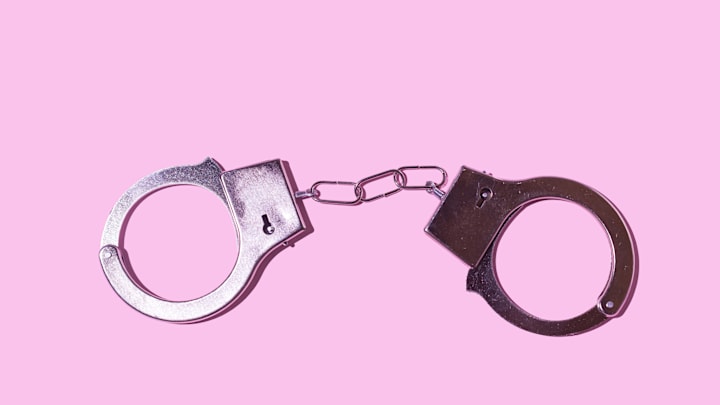Police officers face a lot of tricky situations on the job, many of which get covered during training. Other incidents, like detaining a one-armed person with a set of handcuffs designed for two wrists, require officers to think on their feet.
This is the position Lieutenant Mark Rolland of the Springfield, Massachusetts Police Department found himself in when confronting a suspect in an unarmed robbery in 2010. In addition to being unarmed, the suspect—who went by the nickname “Lefty”—was also one-armed. This resulted in a highly unconventional arrest.
“There’s nothing written in stone about handcuffing a one-armed individual,” Rolland tells Mental Floss. In this particular instance, the suspect was wearing a belt that made the arresting officer’s job a little easier. “His single arm was handcuffed at the wrist with the second handcuff being clasped to his leather belt across his back,” Rolland explained. “The handcuff was positioned past several belt loops, which prevented him from pulling the handcuff along the belt and to his side.”
Sometimes the suspect in question isn’t wearing a belt at all. For scenarios where this is the case, retired cop Tim Dees offered a few possible alternatives on Quora. Cuffing the one arm to an ankle works as a temporary solution when an officer needs to incapacitate someone in a pinch. This approach led to a lawsuit in 2019, when 65-year-old Randy Schoonover, a former state senator, accused a deputy of using excessive force by cuffing his one arm to his ankle during an arrest for minor traffic violations. The suit claimed it was an unreasonable response “given the nature of the incident, the plaintiff's non-violent conduct, the plaintiff's disabling condition, the plaintiff’s age, and the lack of any threat to the safety of the deputy or the members of the public.” Another, less extreme option when handling one-armed suspects would be to use the belly chain normally reserved for cuffing a person’s arms in the front of them.
While the protocol for handling these situations isn’t necessarily something that’s taught at the police academy, Lieutenant Rolland’s experience has been used as a learning tool for some new recruits. In 2014 he became director of his department’s training division, where his responsibilities included scheduling classes. One of the speakers he selected always made sure to bring up the incident in his presentation.
Lieutenant Rolland’s encounter made for a pretty amusing headline, but the one-armed arrest stories don't end there. In 2011, police in Belarus arrested a one-armed man for participating in a clapping protest.
Read More Big Questions:
